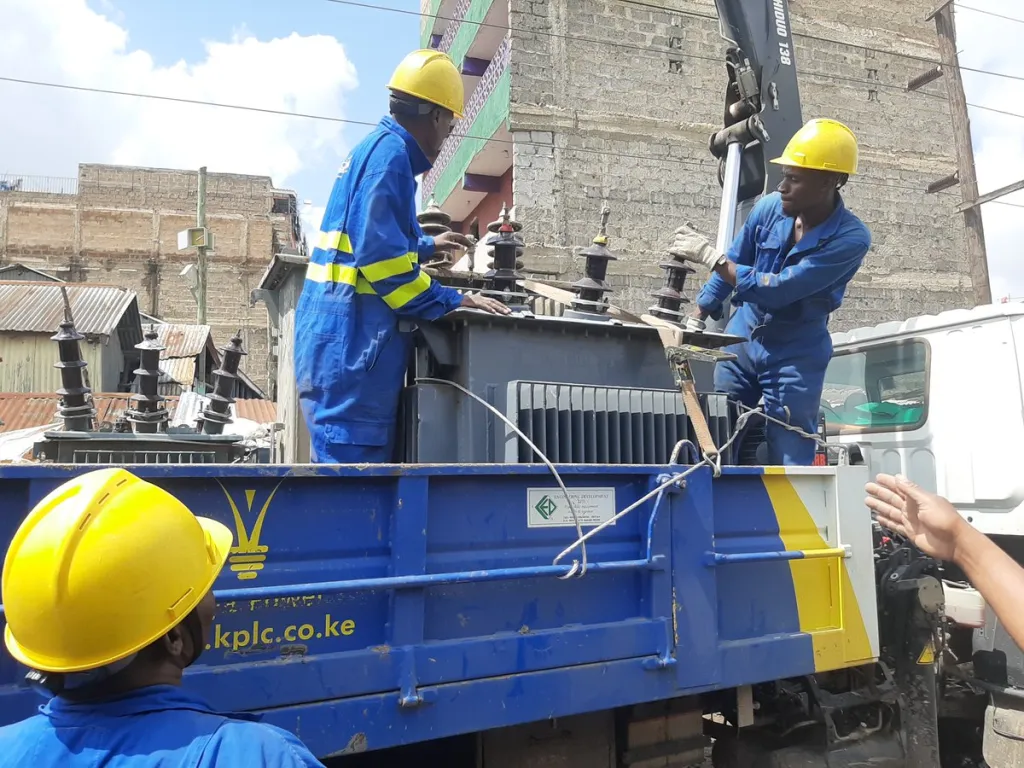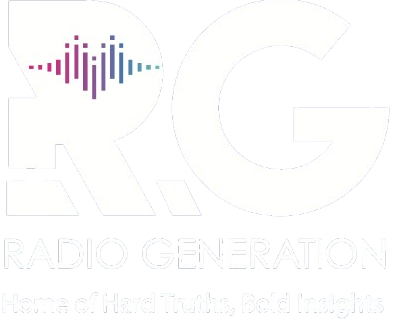Kenya Power to roll out 47,000 low-cost electric cookers in clean energy drive

Kenya Power says the initiative is part of the Kenya Electric Cooking Market Development Initiative (KEMDI), which seeks to reduce consumer costs by half and drive the adoption of high-quality, energy-efficient appliances in urban centres.
Kenya Power has launched a Sh388 million programme to supply electric cooking appliances at subsidised prices in a move aimed at encouraging clean energy use, improving health outcomes and boosting electricity consumption in urban households.
The company plans to buy and distribute up to 47,000 electric pressure cookers, induction cookers and air fryers to homes in Kiambu, Machakos and Kajiado counties at discounts of up to 50% under the African Development Bank-funded third phase of the Last Mile Connectivity project.
The appliances will be sold at significantly lower prices, making them affordable to more households and promoting the transition from kerosene, charcoal and firewood to electricity for cooking.
Kenya Power says the initiative is part of the Kenya Electric Cooking Market Development Initiative (KEMDI), which seeks to reduce consumer costs by half and drive the adoption of high-quality, energy-efficient appliances in urban centres.
"The project aims to reduce consumer costs by up to 50 per cent, bringing high-quality, energy-efficient appliances within reach of more households," Kenya Power said in its review of the KEMDI project.
"To achieve this, the component aims to facilitate the widespread adoption of clean cooking technologies by facilitating the deployment of up to 47,000 energy-efficient electric cooking (eCooking) appliances in Kenya's major urban centres namely Machakos, Kajiado and Kiambu."
Kenya Power says the project will be key in increasing the number of households using electricity for cooking from the current 49,000 to at least 500,000 in the next three years.
This shift will not only grow electricity sales but also reduce reliance on harmful fuels that contribute to respiratory diseases and environmental degradation.
According to the 2022 Demographic and Health Survey, most urban households—63.26%—use liquefied petroleum gas (LPG) for cooking, while firewood dominates in rural areas at 82.7%.
Charcoal and kerosene remain widely used despite their health risks, including asthma, bronchitis, and lung infections, and their role in environmental pollution and deforestation.
While the electric cooking rollout presents a cleaner and safer alternative, Kenya Power faces challenges including frequent power outages and fluctuating electricity costs, which may slow down adoption.
However, the company is confident that making the appliances more affordable will drive change and reduce dependency on polluting cooking methods.
